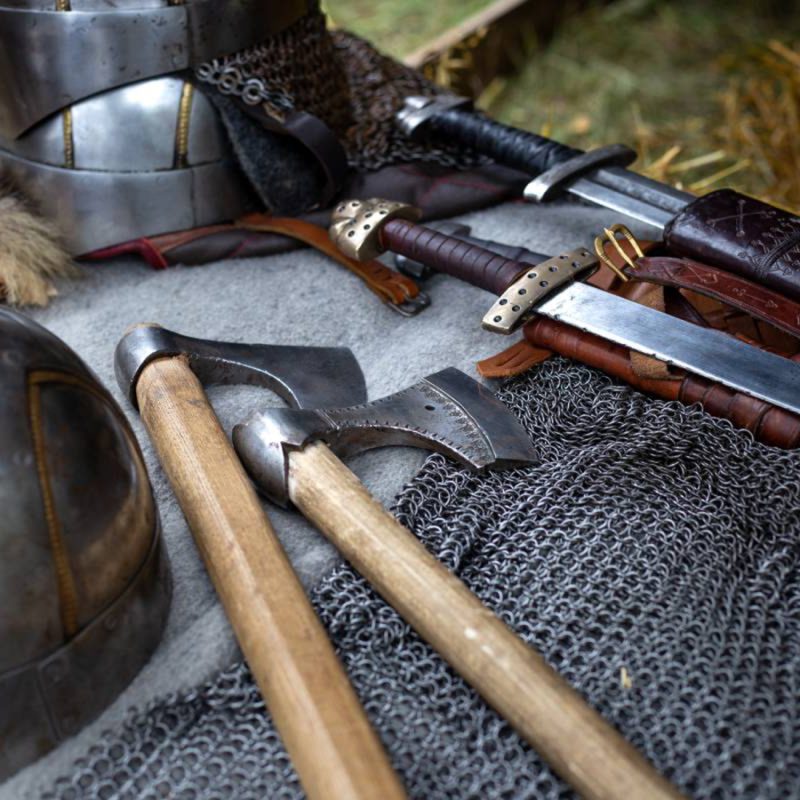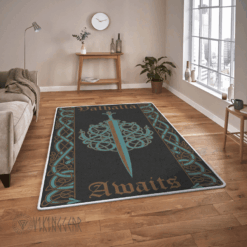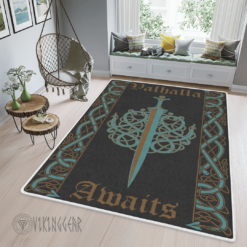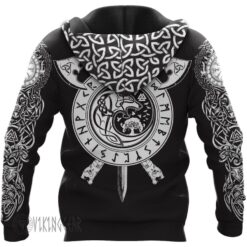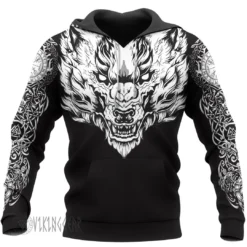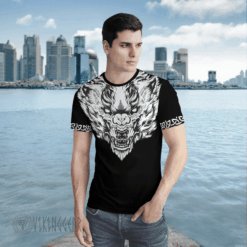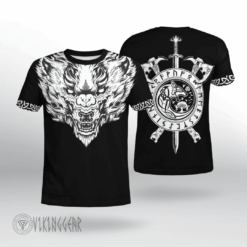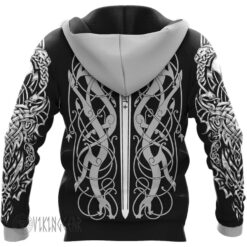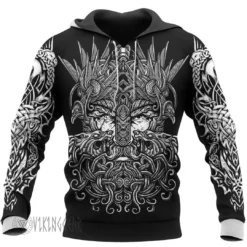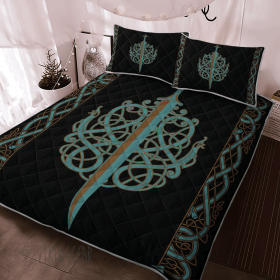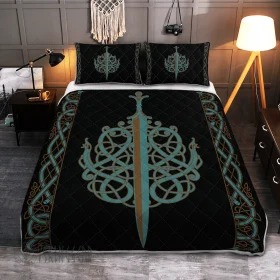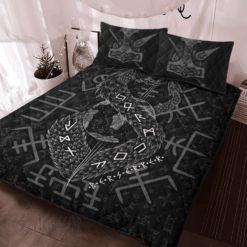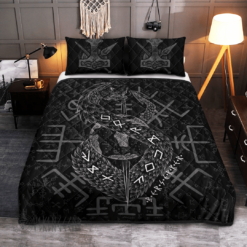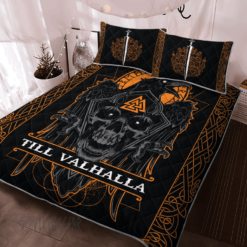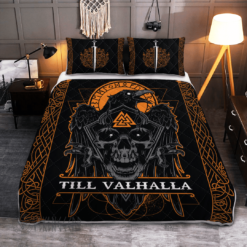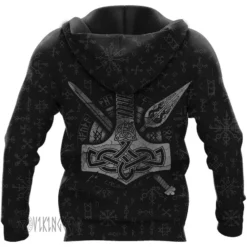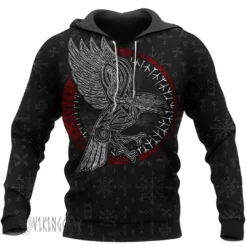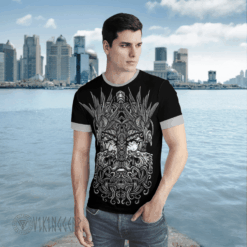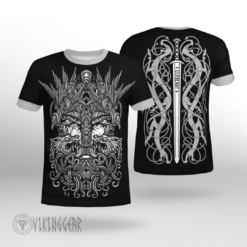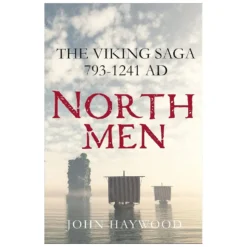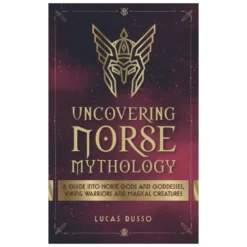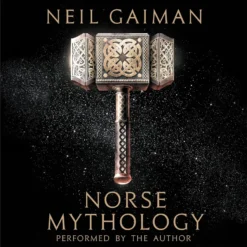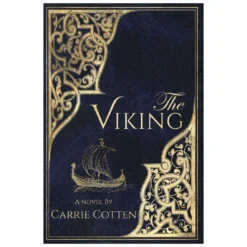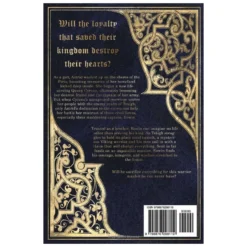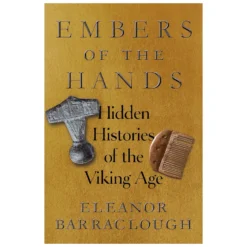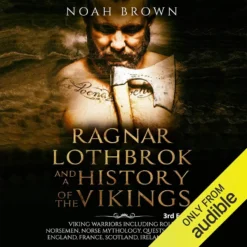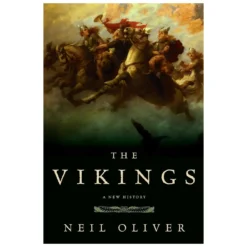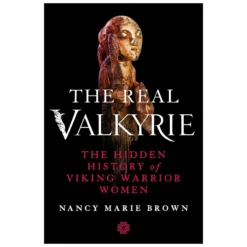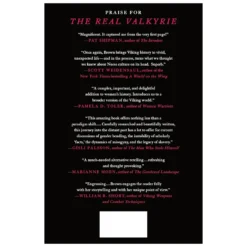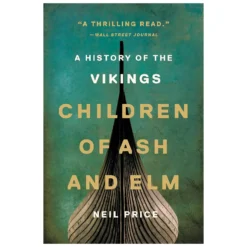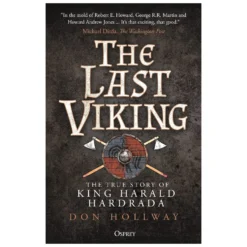Viking Blog
Viking Weapons History: 5 Legendary Weapons and Their Stories
People knew the Vikings for their fierce raids and strong warriors. They made a lasting impact on history. Their legendary status came from their weapons. These were tools of war, but also symbols of power and honor. In this article, we delve into Viking weapons history, exploring five legendary arms and the stories that surround them. These weapons were key in shaping the Viking Age. They still fascinate historians and fans today.
1. Ulfberht Swords: The Pinnacle of Viking Weaponry
History and Significance
The Ulfberht swords are among the most iconic weapons in Viking history. These swords date back to the 9th to 11th centuries. Craftsmen made them from high-quality crucible steel. This material was rare and advanced in medieval Europe. The blades had “Ulfberht” inscribed on them. This suggests they came from a particular workshop or master smith.
Legendary Stories
People revered the Ulfberht swords for their strength, sharpness, and durability. Their advanced metallurgical techniques made them superior to most weapons of the time. These swords worked well in battle. Because of this, elite Viking warriors linked them. Many theories have emerged about their production. Some think the technology came from trade with the Middle East.

2. Gungnir: Odin’s Spear of Destiny
History and Significance
Gungnir is one of the most legendary weapons in Viking history. It is the spear of Odin, the Allfather in Norse mythology. Myth says the dwarves, the gods’ master smiths, made it. It was unbreakable and always hit its target.
Legendary Stories
Gungnir symbolized Odin’s authority and his role as the god of war and wisdom. Viking warriors often called on Gungnir during battles. They believed it would win them Odin’s favor and lead to victory. People knew the spear for its perfect accuracy and divine roots. It symbolized fate and destiny in Viking culture.
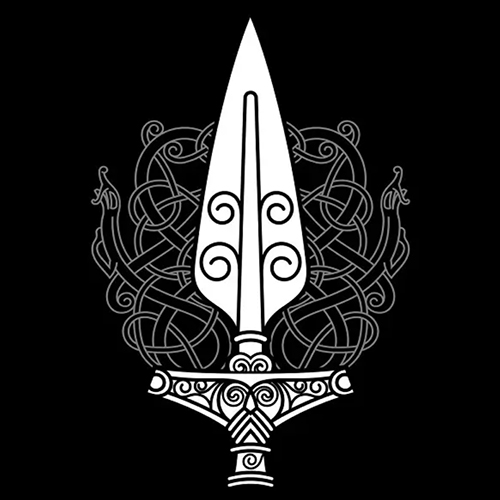
3. Mjölnir: Thor’s Hammer of Thunder
History and Significance
No discussion of Viking weapons history is complete without mentioning Mjölnir, the mighty hammer of Thor, the god of thunder. In Norse mythology, the dwarves Brokkr and Sindri forged it. This weapon holds immense power. It could level mountains and summon lightning.
Legendary Stories
Mjölnir was not a weapon but also a sacred object used in blessings and ceremonies. Thor wielded it to protect Asgard and Midgard from giants and other threats. The hammer was important for more than just war. It showed the power to destroy and create. Its iconic status continues to resonate in modern culture, symbolizing strength and protection.
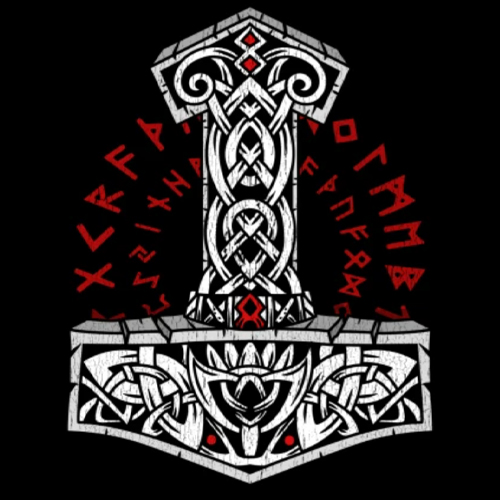
4. Dane Axes: The Viking’s Terrifying Two-Handed Weapon
History and Significance
The Dane axe, also known as the Viking battle axe, is a staple in Viking weapons history. The Dane axe has a long handle and a heavy blade. Designers created it for powerful slashes, and it can cut through armor and shields.
Legendary Stories
The Dane axe was a top choice for Viking warriors. Berserkers, famous for their fierce fighting, especially favored it. These warriors used the Dane axe with great skill. They often scared their enemies. The weapon’s sheer power and versatility made it a defining symbol of Viking combat prowess.
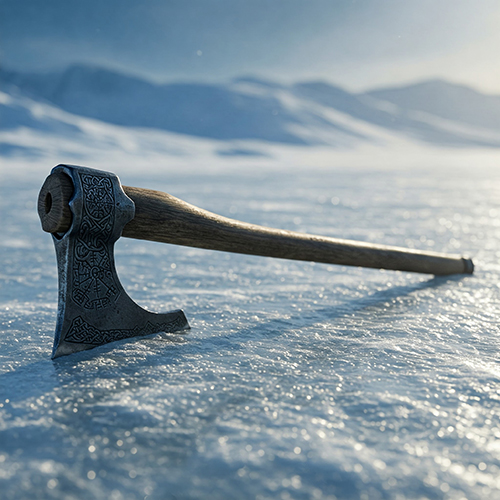
5. Seax: The Viking’s Versatile Blade
History and Significance
The seax, a single-edged knife or short sword, holds a unique place in Viking history. It was a practical tool used for everyday tasks as well as a deadly weapon in close-quarters combat. Both men and women carried the seax, making it an essential part of Viking life.
Legendary Stories
The seax may not have been as flashy as other Viking weapons, but it was very effective in battle. Its sharp blade could deliver fatal blows, and its compact size made it easy to carry. The seax had cultural meaning. It was often buried with its owner. This showed their status and readiness for the afterlife.
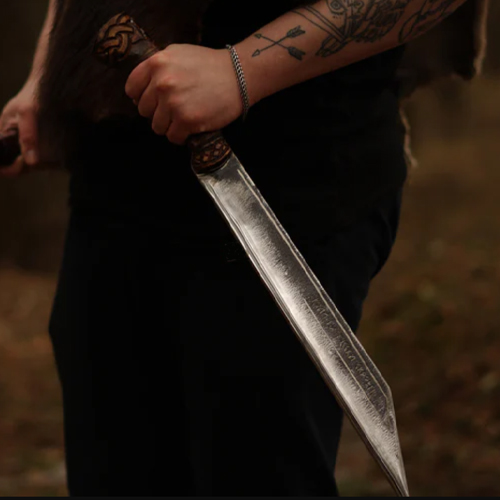
Conclusion: The Legacy of Viking Weapons
Viking weapons were not for fighting. They played a key role in their culture, myths, and identity. The Ulfberht swords show great craftsmanship, while Mjölnir holds divine power. These legendary weapons tell the tales of a people who prized strength, honor, and skill. By exploring Viking weapons history, we gain a deeper understanding of the Viking Age and the warriors who shaped it.
These weapons still captivate historians, archaeologists, and fans. They provide a look into the lives of a powerful civilization from history. Viking weapons show the skill and spirit of the Norse people. People know them for their advanced metallurgy, mythological meanings, and effectiveness in battle.

